This Month in History: November
November 10, 2022
November is such an interesting time, no matter who you are. Whether you are already excited for Christmas, or preparing for Thanksgiving like a normal person, there is always something going on. The same is true for November in history, with so many important events that have happened over the years.
November 10, 1969
On November 10, 1969, Sesame Street officially debuted. Created by former documentary producer Joan Ganz Cooney, Sesame Street existed to educate preschool children about the alphabet and numbers, while also being entertaining. Though it was intended for preschool children, it was also intended for children around that age who could not attend preschool, so that they would be prepared for kindergarten.
Set in the fictional New York neighborhood of Sesame Street, the program followed a very popular format for the time, full of short, funny segments that featured all kinds of puppets, actors, and sometimes animation.
The puppets themselves were created by Jim Henson, who was hired by Cooney to create an entire cast of them. Henson is responsible for characters like Cookie Monster, Oscar The Grouch, Grover, Big Bird, Bert, and Ernie.
Despite the popularity and effectiveness of the fast paced format, many parents blamed Sesame Street for shortening children’s attention span. Despite this, Sesame Street actually did a lot for the minds of children. Not only does it teach letters and numbers, but it is also full of diverse characters and important social messages, which are important for children to see.
Since it’s debut, Sesame Street has become extremely successful and wide spread, airing all over the world, and in 120 countries.
November 22, 1963
On November 22, 1963, President John F. Kennedy was assassinated during a motorcade through downtown Dallas.
President Kennedy was in the process of campaigning in Texas, since it was crucial for him to win Texas and Florida to be reelected. He was set to give a speech at the Trade Mart, for a luncheon. With President Kennedy was his wife, Jacqueline Kennedy, who rarely attended public events with her husband.
At 12:30, the Lincoln Continental convertible limousine passed the Texas School Book Depository building, three shots were fired from the sixth floor. These shots were allegedly fired by Lee Harvey Oswald.
One of these shots hit the Governor of Texas, Governor Connolly, in the back. While another hit President Kennedy in the neck. Kennedy was rushed to Parkland Memorial Hospitable, but died 30 minutes later, at 1:00 pm.
Around 2:00 pm, Harvey Lee Oswald was arrested, and Vice President Lyndon B. Johnson was sworn into the presidency at 2:38 pm.
November 26, 1941
Thanksgiving originated in the early Plymouth and Massachusetts colonies through post-harvest holidays celebrated on what was called a “Lecture Day.” On these Lecture Days, they would attend a mid week church service, and hear a topical sermon.
Overtime, Thanksgiving became a custom throughout New England in the 17th century. Though, it wasn’t until 1777 that the Continental Congress declared the first national Thanksgiving after the victory at Saratoga.
In 1789, George Washington made Thanksgiving a holiday at the request of congress, and made the official date November 26. 74 years later, Abraham Lincoln changed the date to the last Thursday of November. This lasted until 1939, when Franklin D. Roosevelt declared November 23, the third Thursday in November, to be thanksgiving.
This raised some controversy, and many Americans didn’t follow this change. Luckily, two years later in 1941, Roosevelt changed the date back to the last Thursday of November, just like it was before.
November is always an exciting time, with so much to look forward to, and so much to look back on. Whether it’s the beginning of an iconic franchise, the tragic death of a president, or the convoluted history of a major American holiday.



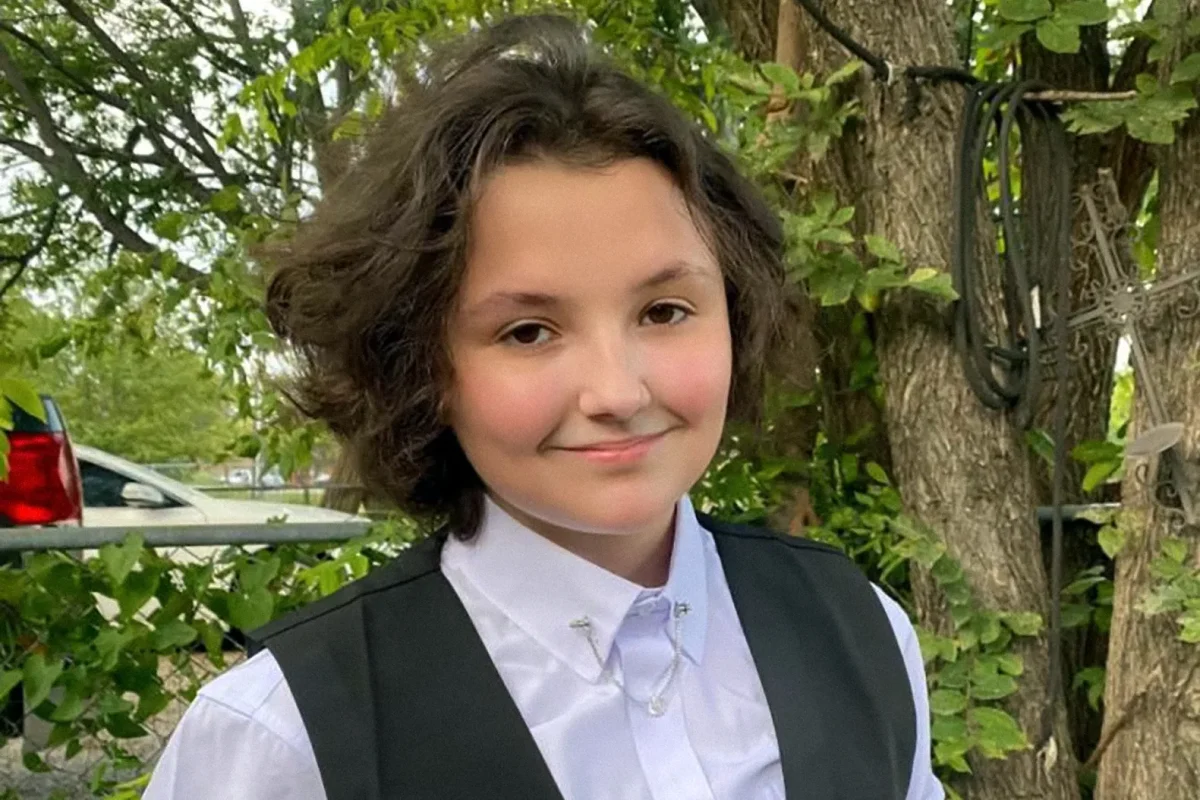


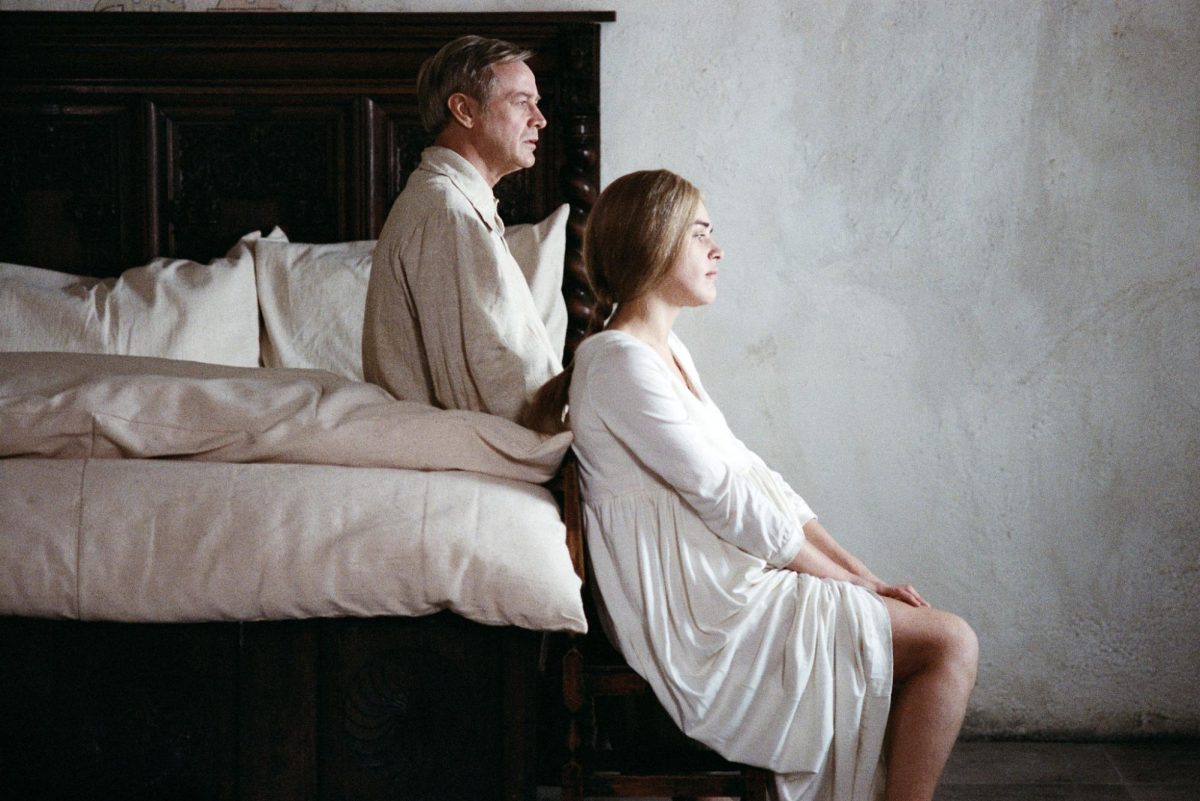

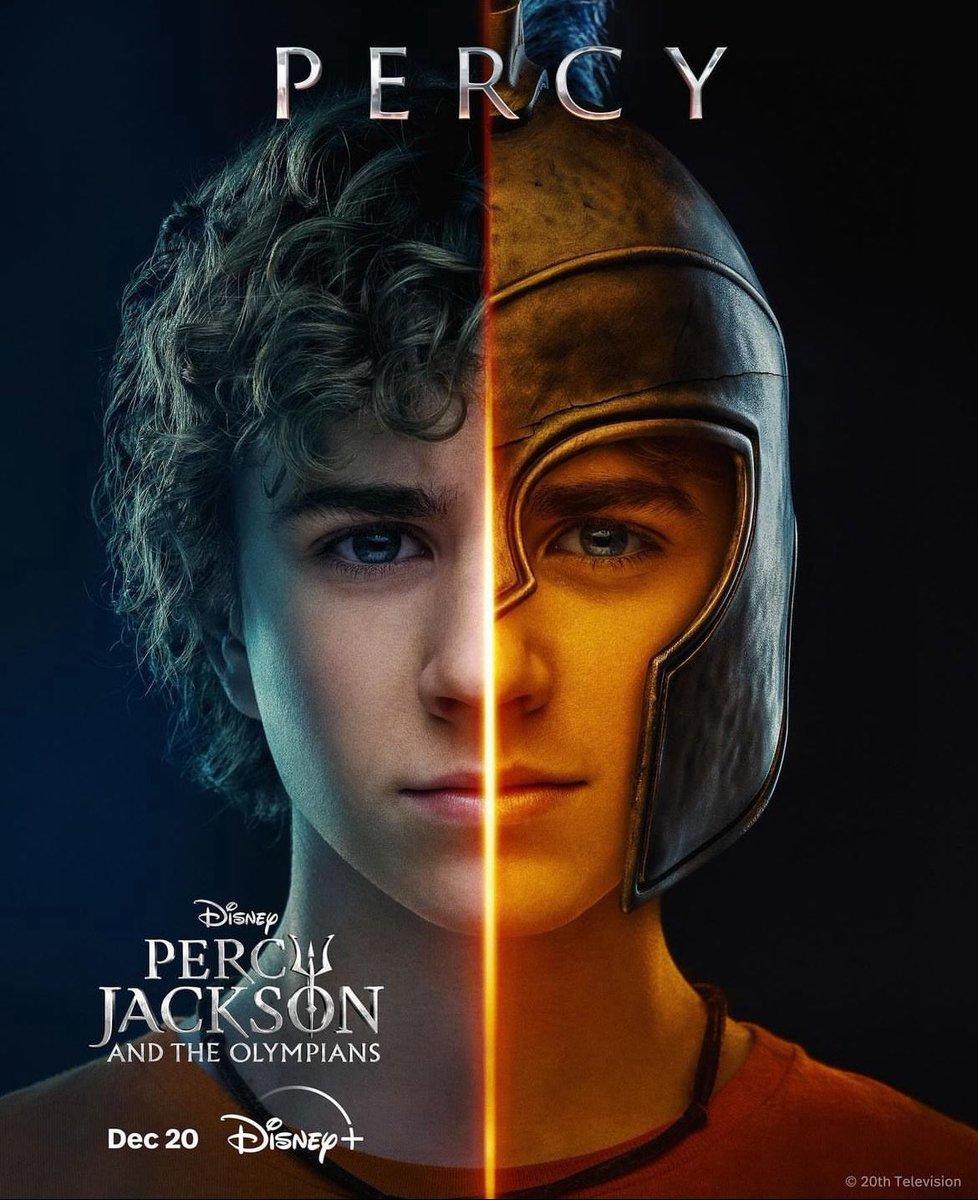
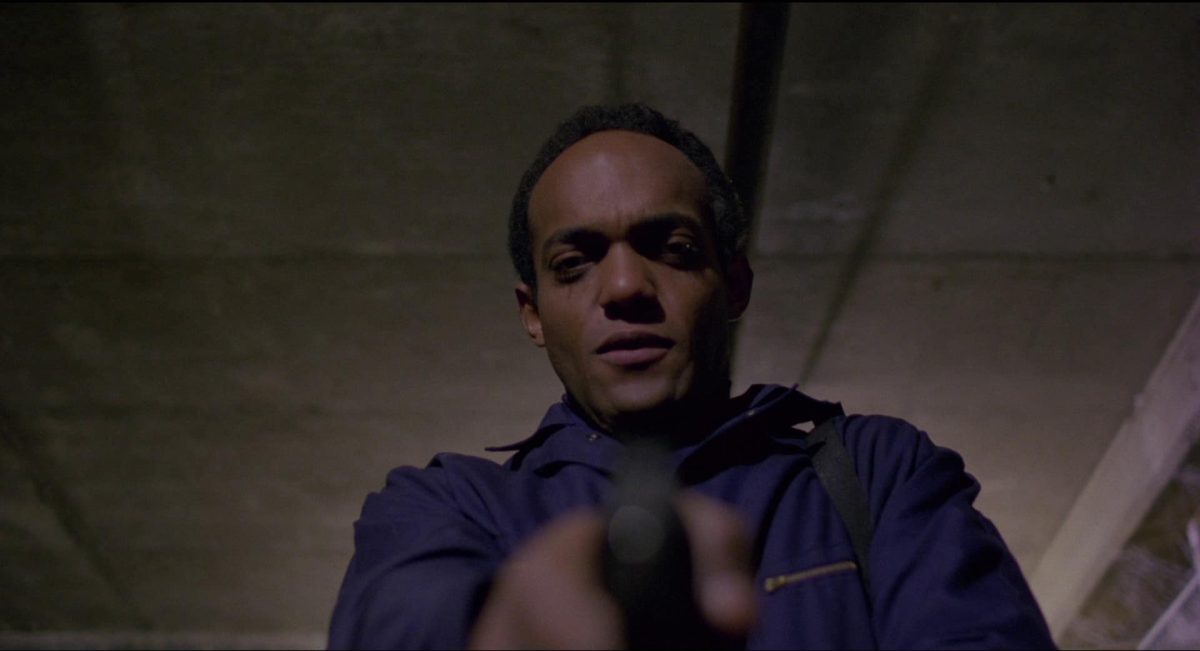


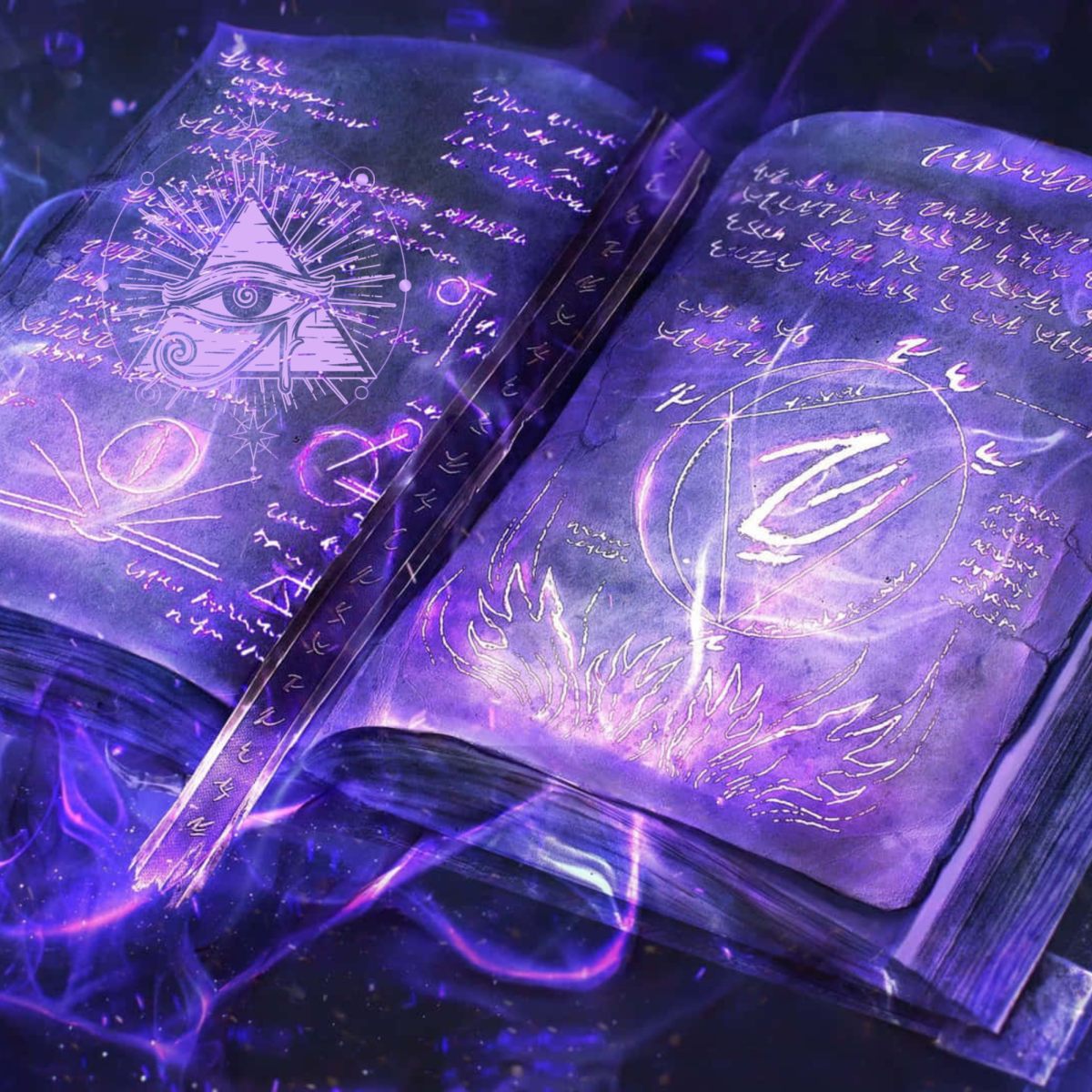




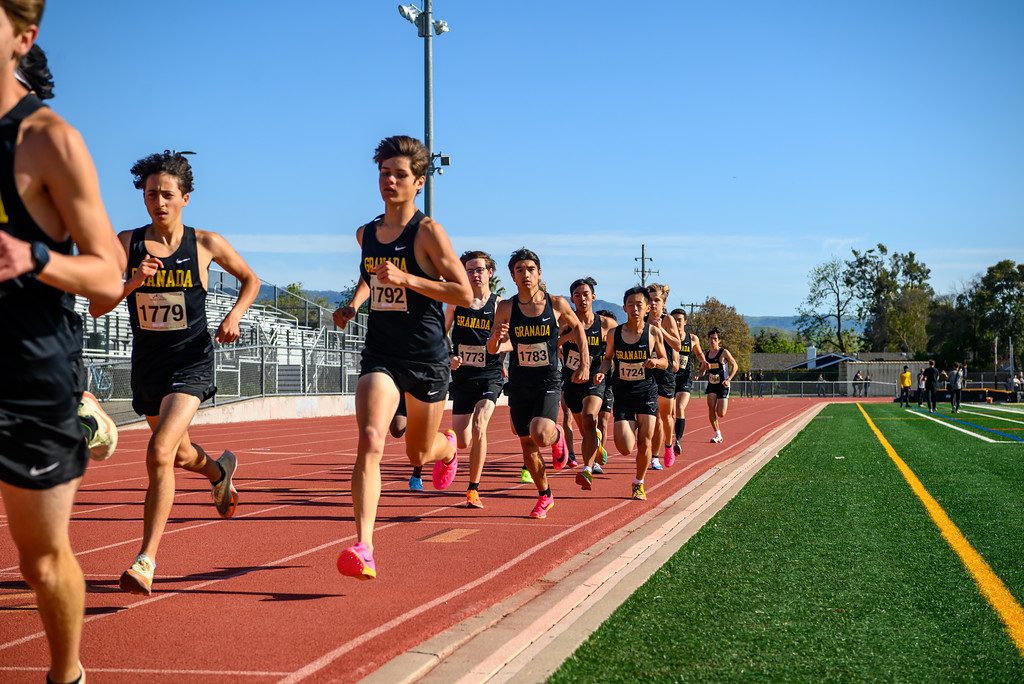






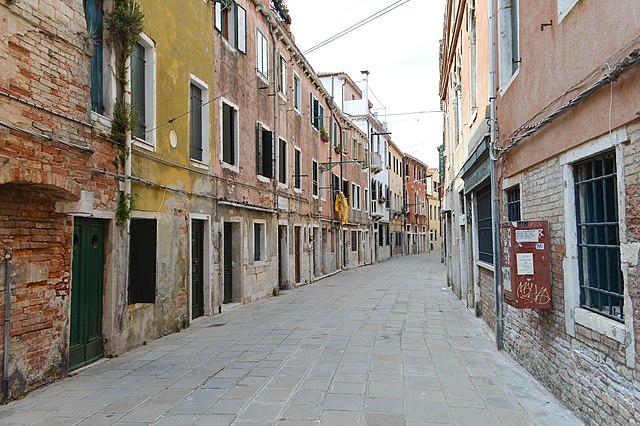
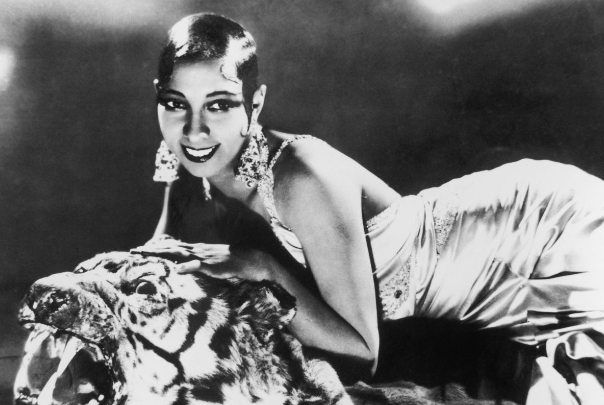

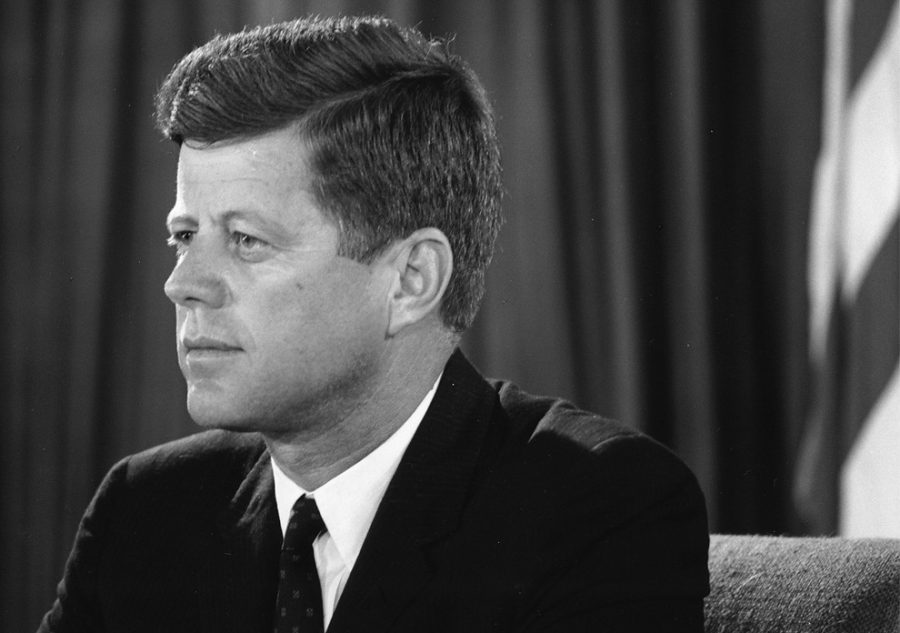

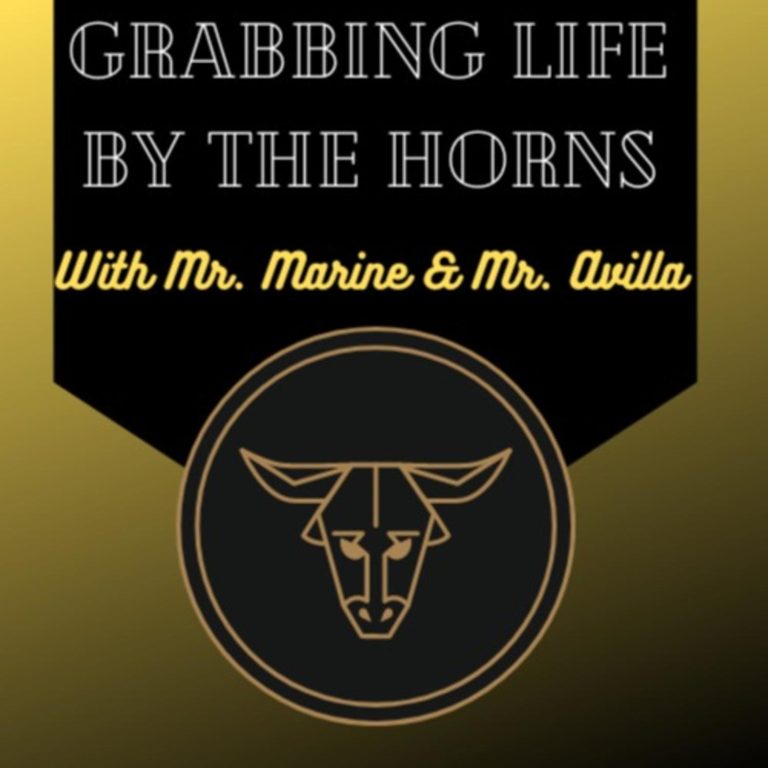

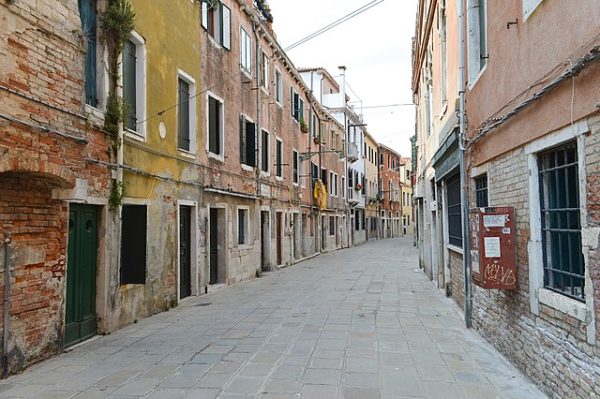
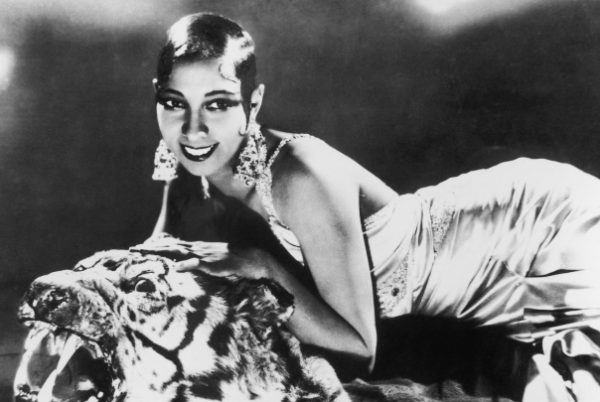



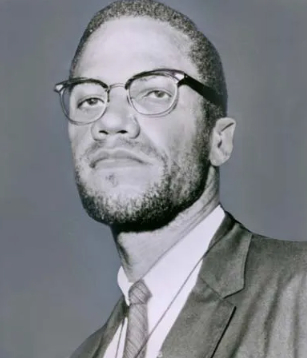
colin • Dec 7, 2022 at 8:49 pm
very good article